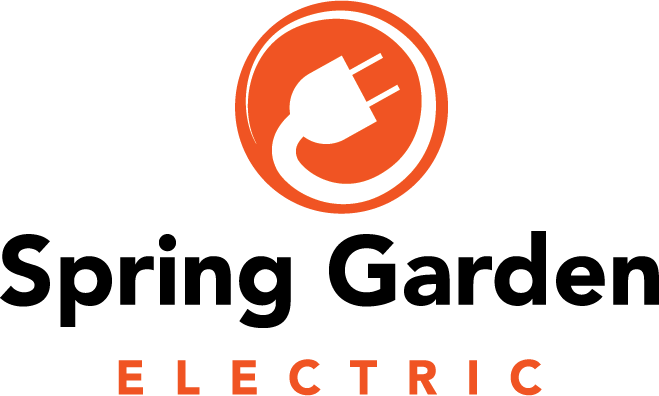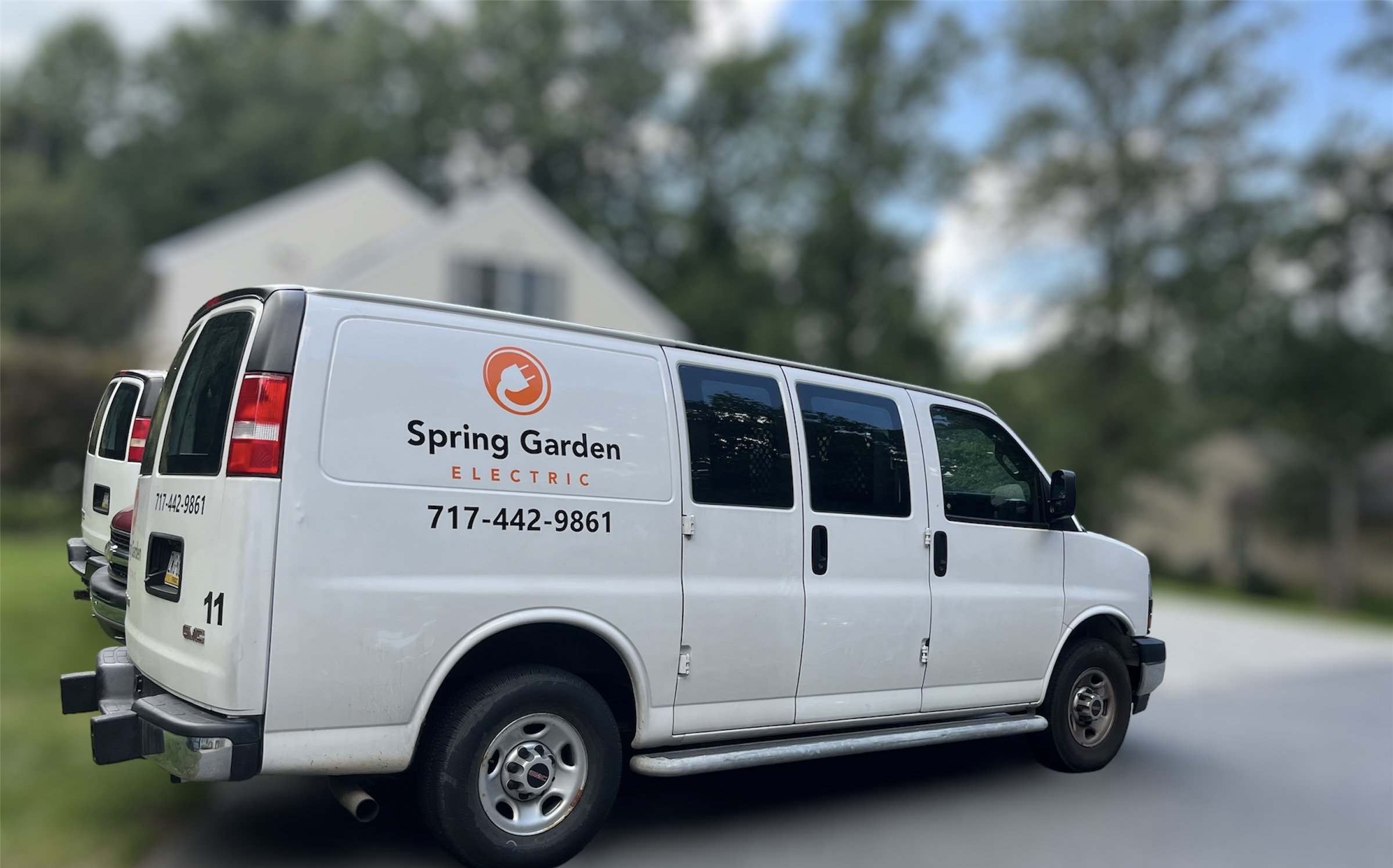Your home’s electrical panel and meter base are the heart of your electrical system (and could even be considered the heart of your home…you basically need power to run everything today). And just like you wouldn’t ignore a racing heartbeat, you shouldn’t overlook warning signs with your panel! Understanding the history and progression of electrical panels can help you recognize whether your home’s panel is up to date or if it might be time for an upgrade.
History of Electrical Panels in Homes
One hundred years ago, most homes in the United States didn’t have electricity at all. Homes were illuminated by candles, and electricity was a luxury (remind your teenagers of this the next time you lose power for a few hours). By the mid-1920, approximately 50% of homes had electricity.
Because electricity was a new addition to most homes, and common heat sources were fireplaces and gas stoves, 60-amp panels were sufficient to power homes from the 1920s to the early 1960s. For context, your electric stove alone is typically on a 50-amp breaker. That means an entire home once used around the same amount of power than it takes to run a modern stove. It’s incredible to think how far we’ve come!
In 1957, the “Live Better Electrically” campaign launched, promoting electrical upgrades for a more modern lifestyle. This campaign also set the new national electrical code standards that homes have at least a 100-amp panel. If you’re curious about those nostalgic campaign posters, you can view here.
By the 1980s, 200-amp panels became increasingly popular as homes moved away from gas appliances and required more electrical capacity.
Modern Power Needs
Today, 60-amp panels are extremely rare, and most insurance companies won’t insure a home unless it has a 100-amp panel or higher. In fact, most newly built homes now come equipped with a 200-amp panel.
However, even 200 amps isn’t always enough! Fully electric homes with multiple electric vehicles or heavy appliance usage may require a 400-amp panel to handle modern power demands comfortably.
Why does this Matter?
Knowing this history isn’t just an interesting trivia lesson, it’s vital for assessing whether your home’s electrical panel can handle your family’s modern energy usage. Older panels may struggle to support today’s technology, appliances and conveniences. An outdated panel could lead to flickering lights, frequent breaker trips or even safety concerns.
What Now?

Stay tuned for Part Two where we’ll be sharing reasons why your panel may fail and need replaced. From Panel Location to Manufacturing defects, you won’t want to miss it!
Concerned that your panel may need to be replaced or upgraded, reach out. We’re here to help assess your electrical system and provide guidance on the best solution for your home.



